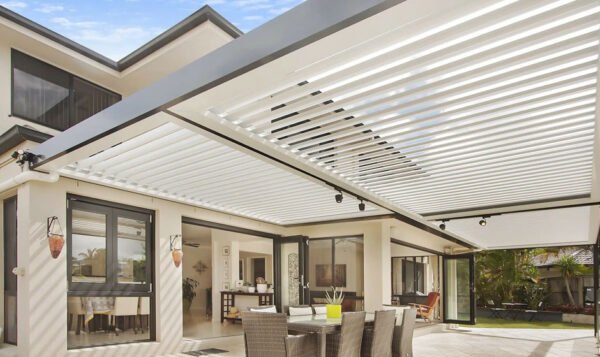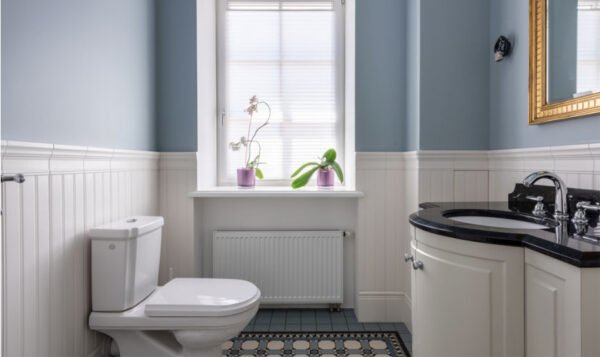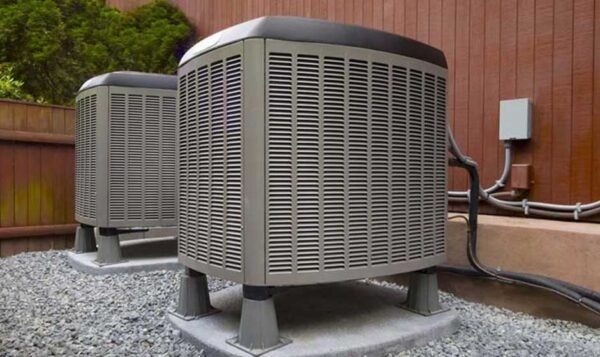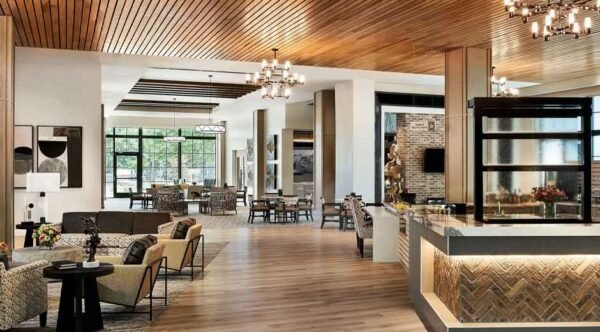Exploring the Latest Styles and Patterns for Argyle Homes
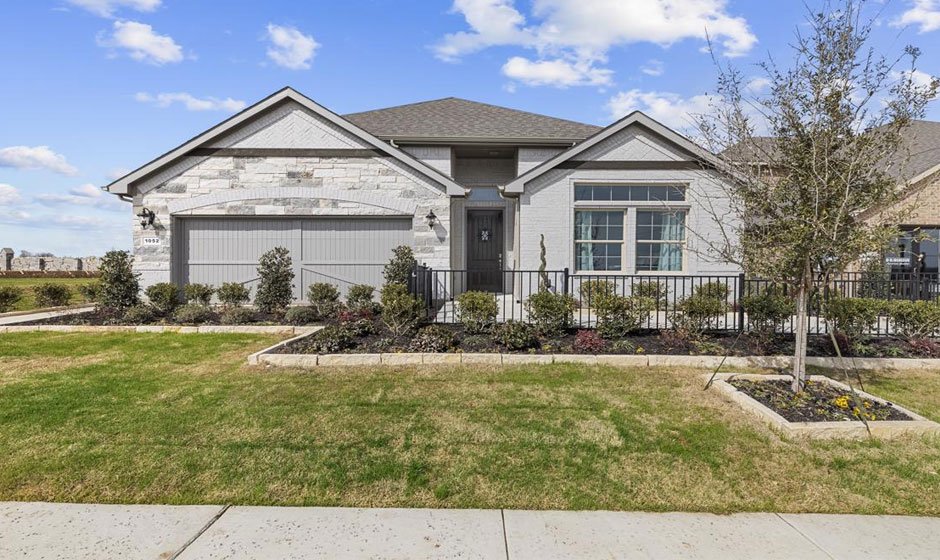
In recent years, the world of interior design has seen an unprecedented focus on the foundation of any home’s aesthetic appeal—its flooring. Argyle, a town renowned for its distinctive style and quality of life, has not been left behind in this trend. Homeowners and designers are exploring various Argyle flooring options, each offering a blend of comfort, durability, and aesthetic appeal. This exploration is not just about selecting a material that fits the budget but also about choosing designs and patterns that reflect personal style, complement the home’s architecture, and meet the demands of daily living. This article looks into the latest trends in residential flooring, highlighting the styles and patterns currently making waves in Argyle homes. In Argyle, a town celebrated for its picturesque landscapes and community-oriented lifestyle, the selection and upkeep of flooring are pivotal, mirroring the town’s commitment to quality living and the seamless integration of indoor comfort with outdoor beauty.
Eco-Friendly and Sustainable Materials
In an age of environmental concerns, eco-friendly and sustainable flooring options have become popular in consumers’ minds. Homeowners are now prioritizing materials that are safe for the environment and health-conscious. Bamboo, cork, and reclaimed hardwoods lead the charge, offering durability and a minimal environmental footprint. These materials provide a unique and aesthetically pleasing look to the floors and ensure that homes follow the principles of sustainability and environmental stewardship. The rise in popularity of these materials reflects a broader societal shift towards eco-consciousness, with homeowners eager to contribute to a healthier planet without compromising style or quality.
Luxury Vinyl Tile (LVT) and Planks
Luxury Vinyl Tile (LVT) and luxury vinyl planks have emerged as frontrunners in the flooring market for their remarkable ability to mimic the look of natural materials like hardwood and stone. This trend caters to homeowners who desire the elegance of natural flooring materials but require something more resilient, easy to maintain, and cost-effective. LVT and vinyl planks are celebrated for their versatility, offering various styles, patterns, and colors. This makes them an ideal choice for any room, matching traditional and contemporary decor themes. Moreover, their water-resistant and durable nature makes them suitable for areas with high moisture levels, such as kitchens and bathrooms, proving that practicality does not have to come at the expense of beauty.
Geometric and Patterned Tiles
The allure of geometric and patterned tiles in residential flooring is unmistakable. These designs bring a dynamic visual interest to any space, allowing homeowners to create focal points or add a touch of personality to their homes. From intricate Moroccan designs to bold contemporary patterns, these tiles are perfect for making a statement. They can be used in small areas like bathrooms and kitchens or as accent pieces in larger spaces. The versatility of geometric and patterned tiles means that they can be mixed and matched in endless combinations, allowing homeowners to customize their spaces to their exact tastes and preferences.
Wide Plank Hardwood
Wide plank hardwood flooring has seen a resurgence in popularity, offering a timeless and elegant look that enhances the spaciousness of any room. These planks, typically wider than traditional hardwood flooring, bring a rustic charm and warmth to homes. The wide planks showcase the natural beauty of the wood, highlighting the grain patterns and creating a more cohesive look across floors. This style of flooring is particularly appealing in open-plan homes, where it can help to build a seamless flow between living spaces. Additionally, the durability and longevity of hardwood make it a wise investment for homeowners looking to add value to their property.
Concrete Flooring
Once reserved for industrial spaces, concrete flooring has become a chic and modern option for residential homes. Its sleek, minimalist aesthetic offers a clean and contemporary look that can be customized with stains, polishes, and textures. Concrete is durable and effortless to maintain, making it an excellent option for high-traffic areas. Its ability to retain heat also makes it an attractive option in cooler climates, where it can contribute to energy efficiency. The adaptability of concrete means it can fit into various design themes, from ultra-modern to industrial chic, providing a sturdy yet stylish foundation for any home.
Conclusion
As explored in this article, the Argyle flooring choices available to homeowners are vast and varied, reflecting the latest trends in design and homeowners’ growing desire for beautiful and functional floors. From eco-friendly materials that speak to a commitment to sustainability to luxury vinyl and patterned tiles that combine style with durability, there is something to suit every taste and budget. Wide plank hardwood and concrete flooring further expand the choices available, offering timeless elegance and modern flair. These trends enhance the visual appeal of Argyle homes and contribute to their comfort, value, and livability. In navigating these options, homeowners are advised to consider the immediate impact on their home’s aesthetics and the long-term benefits of their flooring choices, ensuring that their selection not only meets today’s needs but also stands the test of time.
